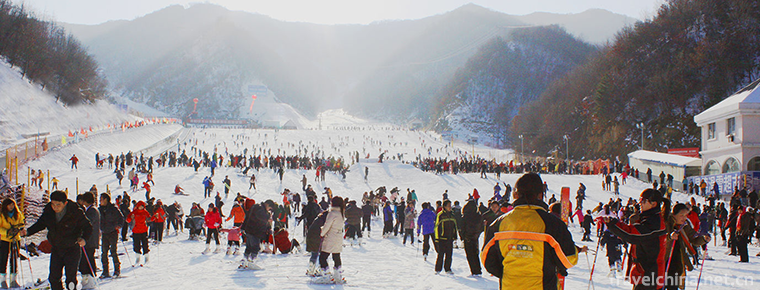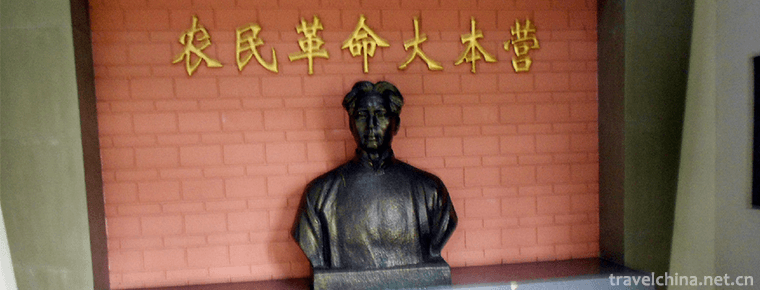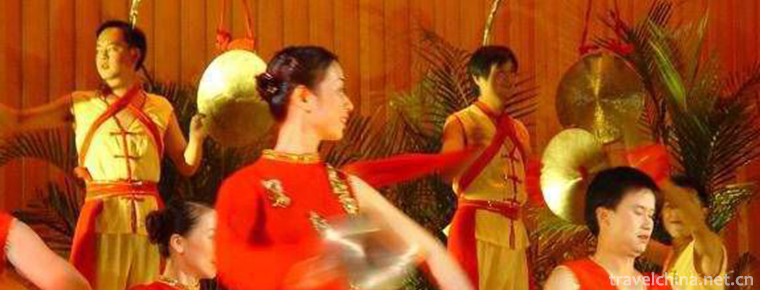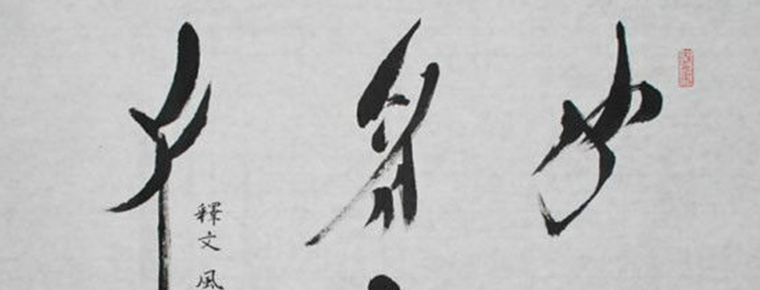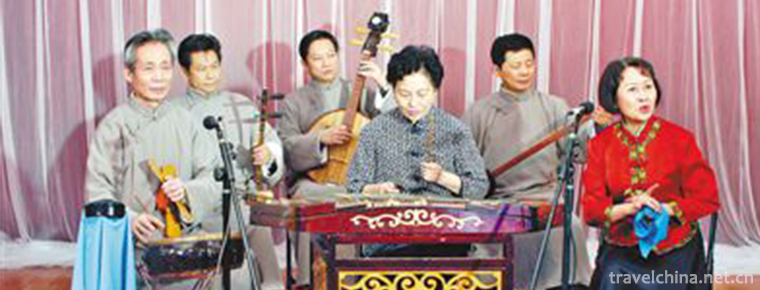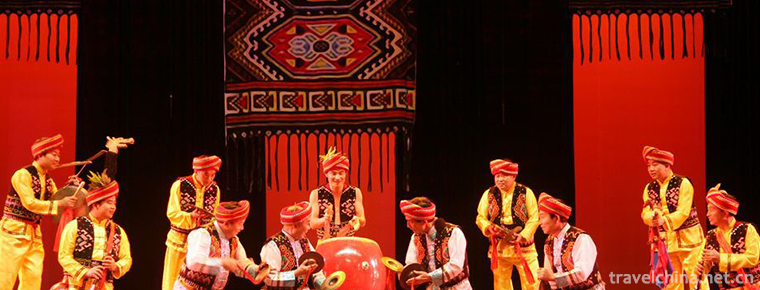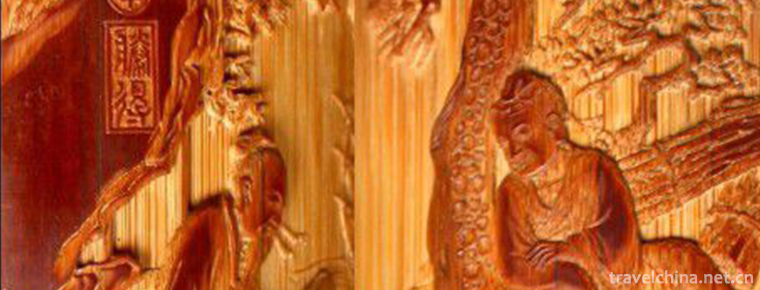Brewing Techniques of Qingxu Old Vinegar
Brewing Techniques of Qingxu Old Vinegar
Qingxu old vinegar brewing skills, Shanxi Province Qingxu County local traditional skills, one of the national intangible cultural heritage.
The brewing process of Qingxu aged vinegar is complex. After the main steps of ingredients, steaming, manual turning of solid acetic acid, high temperature fumigation, high density leaching, aging and so on, more than ten processes eventually produce Qingxu aged vinegar.
On May 20, 2006, the brewing technology of Qingxu old vinegar was approved by the State Council of the People's Republic of China and listed in the first batch of national intangible cultural heritage list, item number_-61.
historical origin
In ancient China, vinegar was called oxalic, anhydride, bitter wine or wine. As early as 700 years ago in the Spring and Autumn Period and the Warring States Period, the Qingxu people had been using VATS and urns to make vinegar by liquid fermentation, and this vinegar-making technology has continued. In the Western Han Dynasty, commercial vinegar-making workshops appeared in Qingxu. During the Northern Wei Dynasty, the technology of vinegar brewing changed from liquid fermentation to solid fermentation. This milestone pioneering work laid the foundation for the formation of the unique style of the old vinegar brewing technology in Qingxu.
In Qi Min Yao Shu, later Wei Jia Sixie elaborated the process of vinegar brewing in detail. Historian Hao Shuhou's textual research on Taiyuan shows that before 479 BC, "when Jinyang City (now Jinyuan Town, the southern suburb of Taiyuan City) was established, there should be vinegar makers." Foreigners call Shanxi people "Lao Xier", which is the homonym of the ancient word "Jiu". Taking the ancient vinegar character as the pronoun of Shanxi people can also reflect the early and large number of vinegar brewing in Shanxi in history.
In the late Ming and early Qing Dynasties, vinegar-making workshops were everywhere in villages and towns in Qingxu County, south of Taiyuan Prefecture. In the long historical competition of vinegar industry, there is a workshop called Yiyuan Qing, which has gradually gained fame. "Yiyuan Qing" vinegar brewing, which pays great attention to quality, excellent material selection, appropriate formula, complex production process, is well received by the masses, and has been operating until the eve of liberation. Its brewing method is used by Qingxu Vinegar Factory. Qingxu and Taiyuan are the birthplaces of Shanxi old vinegar. Qingxu brewing technology is gradually being promoted to all parts of the country.
Technological characteristics
Qingxu old vinegar produced by the brewing techniques of Qingxu old vinegar is black-brown, bright and attractive. In addition to its three advantages of acid and alcohol, strong taste and long taste, it also has the characteristics of fragrance, cotton, non-precipitation and "hanging bowl".
When the cap of the old vinegar bottle is unscrewed, the fragrant and sour smell will come to your nose, drop it into the bowl and beat a circle, then stick it evenly to the edge of the bowl. Although the acidity of Qingxu old vinegar is five degrees, it tastes not difficult to endure. Instead, it is "sweet and fragrant and sour", which is slow, long and delicious. It is sour and sweet, spongy and fragrant.
General vinegar stored for a long time, will become turbid, raw white skin, and even decay. But the longer the vinegar is stored, the more fragrant it will be. Even if it turns into a solid vinegar like heavy amber after several decades, it will still be fresh and sour when it is washed away with boiling water.
Unlike the long-term consumption of fruit vinegar in the West, vinegar fermented from cereals is the first choice in China, which makes Chinese vinegar contain more essential nutrients such as amino acids. The aged vinegar of Qingxu has the unique functions of breaking off fishy smell, removing humus, removing humus and sterilizing. It is a refined condiment for cooking various delicious dishes.
Technological process
Qingxu old vinegar is made from local high-quality sorghum and red heart Daqu made from peas and barley in Qingxu County. It is brewed with various fur chaff as auxiliary materials. Its production needs more than ten main steps, such as ingredients, steaming materials, manual turning of solid acetic acid, high temperature fumigation, high density leaching, aging and so on.
The reason why Qingxu old vinegar is different from other vinegar is that it has a aging process. The drinked vinegar should also be put in the jar for one year. The aging process makes full use of natural conditions. After opening the jar, ice cubes need to be removed after sunshine in the summer and freezing in the winter to remove the moisture in the vinegar. A jar of new vinegar, after removing more than half of the moisture, will achieve the color of black and purple, summer is not mildew, winter is not frozen, sweet and ISOACID taste.
The technological process of Qingxu old vinegar brewing will have the following major steps: material selection, moistening, mixing, alcohol fermentation, secondary mixing, acetic acid fermentation, fumigation vinegar, vinegar drenching, vinegar aging, packaging and finished products. Detailed process flow can be seen in the flow chart on the right.
Inheritance and Protection
Inheritance value
Qingxu old vinegar is not only a condiment, according to scientific research, vinegar can sterilize, help digestion, prevent colds and cancer. Shanxi Qingxu old vinegar can keep fit, cure diseases and beautify. The acetic acid contained in it has bacteriostatic and bactericidal effects, especially on cocci. Stir-fried vegetables with aged vinegar can treat lumbar and leg pain, apply foot heart can treat hypertension, scaling at the bottom of aged vinegar can treat bone hyperplasia and other diseases.
Among the old vinegar in Shanxi, Qingxu old vinegar is the most authentic. Its exquisite production skills and exquisite material selection are worth learning from other vinegar products.
Current situation of inheritance
Driven by economic interests, some workshops cut corners, dismembered the traditional craft of Qingxu old vinegar, and produced inferior products, which distorted the skills and reputation of Shanxi Qingxu old vinegar, and should be thoroughly managed and strictly guarded against.
Heritage figures
Wu Runwei, male, born in March 1955. In December 2012, Wu Runwei was selected as the representative successor of the fourth batch of national intangible cultural heritage projects, declared by Qingxu County, Shanxi Province. Project Name: Brewing Techniques of Qingxu Old Vinegar.
protective measures
In 2004, the General Administration of Quality Supervision, Inspection and Quarantine of China approved the application for product protection in the origin area of Shanxi aged vinegar, and approved more than ten old vinegar products, including Qingxu County, to be protected in the origin area.
In 2016, Qingxu County was responsible for promoting the construction of vinegar industrial park with an area of 1000 mu. Through the construction of vinegar Industrial Park to promote new technological innovation and research and development, to provide technical support for the sustainable development of vinegar industry.
In 2018, Taiyuan Qingxu Baoyuan Old Vinegar Workshop was awarded "Shanxi Qingxu Old Vinegar Brewing Museum" by Shanxi Provincial Culture Department and "National AAAA Tourist Scenic Area" by the National Tourism Administration. The Museum aims to excavate the profound historical and cultural connotation of Qingxu old vinegar, promote Shanxi vinegar culture, and let the world know the historical origin and traditional production process of Qingxu old vinegar.
social influence
Important activities
In 2007, the Chinese Qingxu Vinegar Culture Festival opened in Qingxu County. The holding of the Cultural Festival will further enhance the image of Qingxu Vinegar Capital and build a platform for the dissemination of the brewing skills of Qingxu vinegar.
In 2009, the vinegar brewing techniques of Qingxu old vinegar were displayed on the spot in the series of activities of "China's intangible cultural heritage traditional skills exhibition" to deepen people's understanding of it, so as to further excavate and protect it.
In 2012, the Chinese Taiyuan (Qingxu) International Vinegar Culture Festival was held in Qingxu County. The significance of the festival is to bring the old vinegar and its technology from Shanxi and abroad, so that the fragrance of the old vinegar can spread all over the world.
In 2016, the Qingxu Vinegar Culture Festival opened in China (Taiyuan) Coal Trade Center, and successfully held the Vinegar Culture Festival for many years, which formed the advantages of the development of vinegar industry cluster. Next, efforts must be made in new brewing technology, formulating industry standards, improving diet and seasoning.
Honorary recognition
In 1924, at Panama International Expo, Qingxu Old Vinegar won the first prize of high quality commodities.
In 1956 and 1965, Qingxu old vinegar was ranked first in the Chinese condiment appraisal meeting.
In 1979, Qingxu old vinegar was named high quality product by the Ministry of Light Industry of China and Shanxi Provincial People's Government.
In 2011, the Qingxu Vinegar Culture Festival was honored as China's top ten "brand festivals".
In 2014, "Qingxu vinegar brewing" was recognized as a provincial labor service brand in Shanxi Province.


-
Baishuiyang Yuanyangxi Tourist Area
Baishuiyang Mandarin Creek is located in Pingnan County, Ningde City, Fujian Province. It is 170 kilometers away from Fuzhou and 101 kilometers away from Ningde.
Views: 170 Time 2018-12-08 -
Kanas Scenic Area in Altay Area
Kanas Scenic Area is located in the middle section of Altai Mountain in Xinjiang, which is located in the border area between China and Kazakhstan, Russia and Mongolia.
Views: 108 Time 2018-12-12 -
Funiu Mountain Skiing Resort
Located on the north slope of the old boundary ridge of Funiu Mountain in Luanchuan County, Luoyang Funiu Mountain Skiing Resort has the highest elevation of 2200 meters and an elevation of 1700 meter.
Views: 133 Time 2018-12-22 -
Beiting Old City Site
The site of Beiting Old Town is the ruins of Beiting Mufu in Tang Dynasty. It is located 12 kilometers north of Jimusar County Town in Xinjiang Uygur Autonomous Region. In ancient times.
Views: 131 Time 2018-12-26 -
Wuhan Revolutionary Museum
The Wuhan Revolutionary Museum is located at No. 13 Hongxiang, Wuchang, Wuhan, Hubei Province. It was merged by the memorial hall of the former site of the Wuchang Peasant Movement Workshop.
Views: 172 Time 2019-02-24 -
Hill hinge
Originated in Xixing and Longgang of Pingchang County, northeastern Sichuan Province, it is a traditional folk dance that spreads in Dazhou, Bazhong and some counties (cities and districts) under the .
Views: 316 Time 2019-04-29 -
Female Book Custom
Jiangyong Nu Shu in Yongzhou, Hunan Province, is the only special written language for women in the world. Its development, inheritance and cultural information as symbols constitute the custom of wom.
Views: 118 Time 2019-06-08 -
Sichuan Yangqin
Sichuan Yangqin is one of the representative folk songs of Sichuan Province, which is popular in Chengdu, Chongqing, Luzhou, Zigong and other cities and regions. In the early period, it was also calle.
Views: 182 Time 2019-06-16 -
Tujia people slip away
Dalaozi is an ancient folk instrumental ensemble which is the most widely spread in Tujia area. It has a long history, a wide range of music cards, exquisite skills and rich expressiveness. It is a un.
Views: 118 Time 2019-06-23 -
Bamboo carving
Bamboo carving, a traditional folk carving art, uses bamboo roots to carve characters and animal and plant images, or carves characters and pictures on bamboo materials and bamboo utensils. Usually al.
Views: 282 Time 2019-08-10 -
Nanchong social security
In 2019, there were 145900 urban "minimum living allowance" workers in Nanchong, 17500 less than that in 2018; 562400 rural "subsistence allowances", an increase of 20900 over 2018; and the per capita subsidies for urban and rural minimum living allowances .
Views: 348 Time 2020-12-17 -
Nanchong ecological environment
In 2019, the total amount of funds used for environmental protection capacity building and supervision and operation of Nanchong City is 14.1809 million yuan, including 2.4476 million yuan for monitoring capacity construction and 11.7333 million yuan for environmental.
Views: 311 Time 2020-12-17


